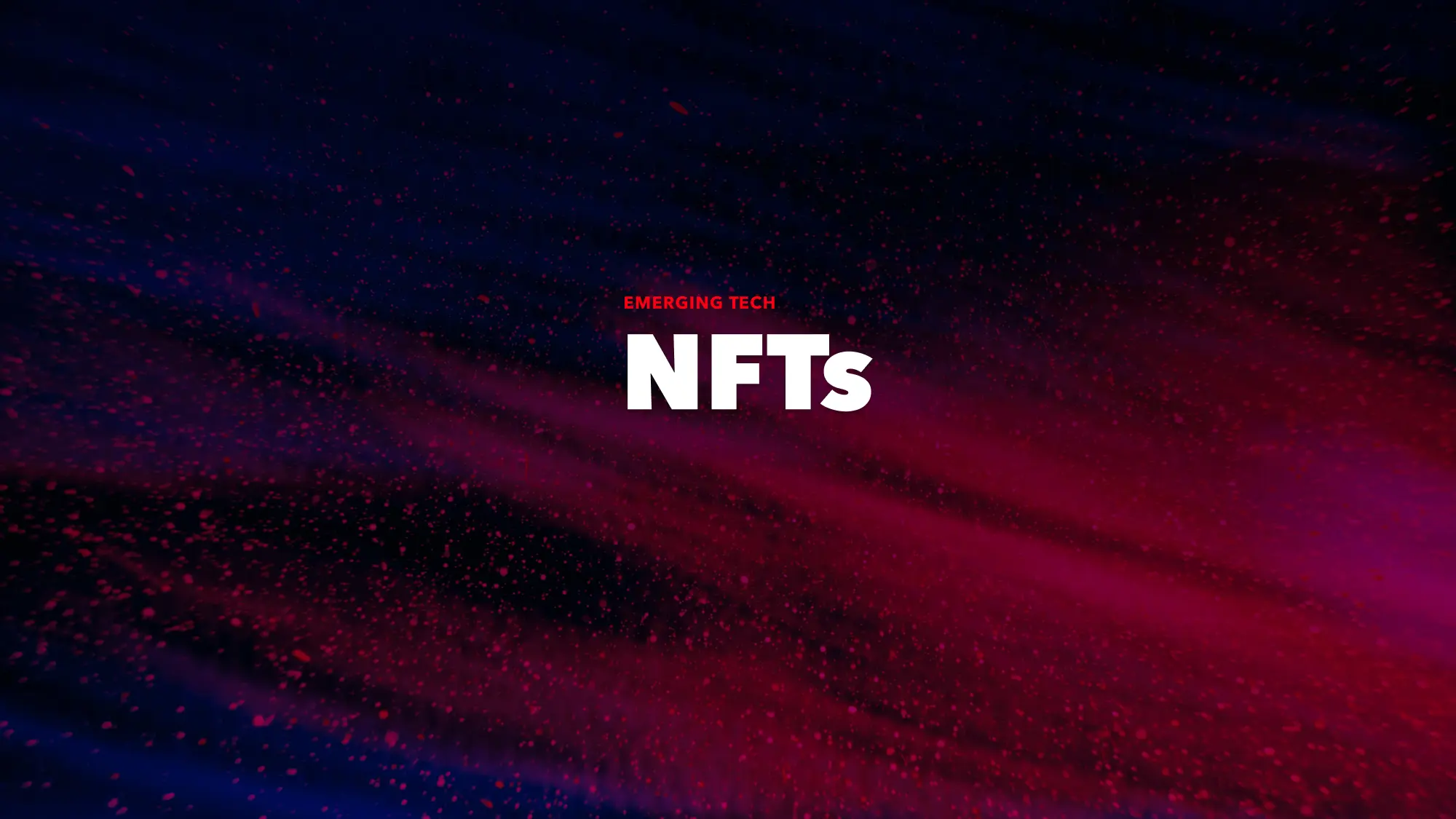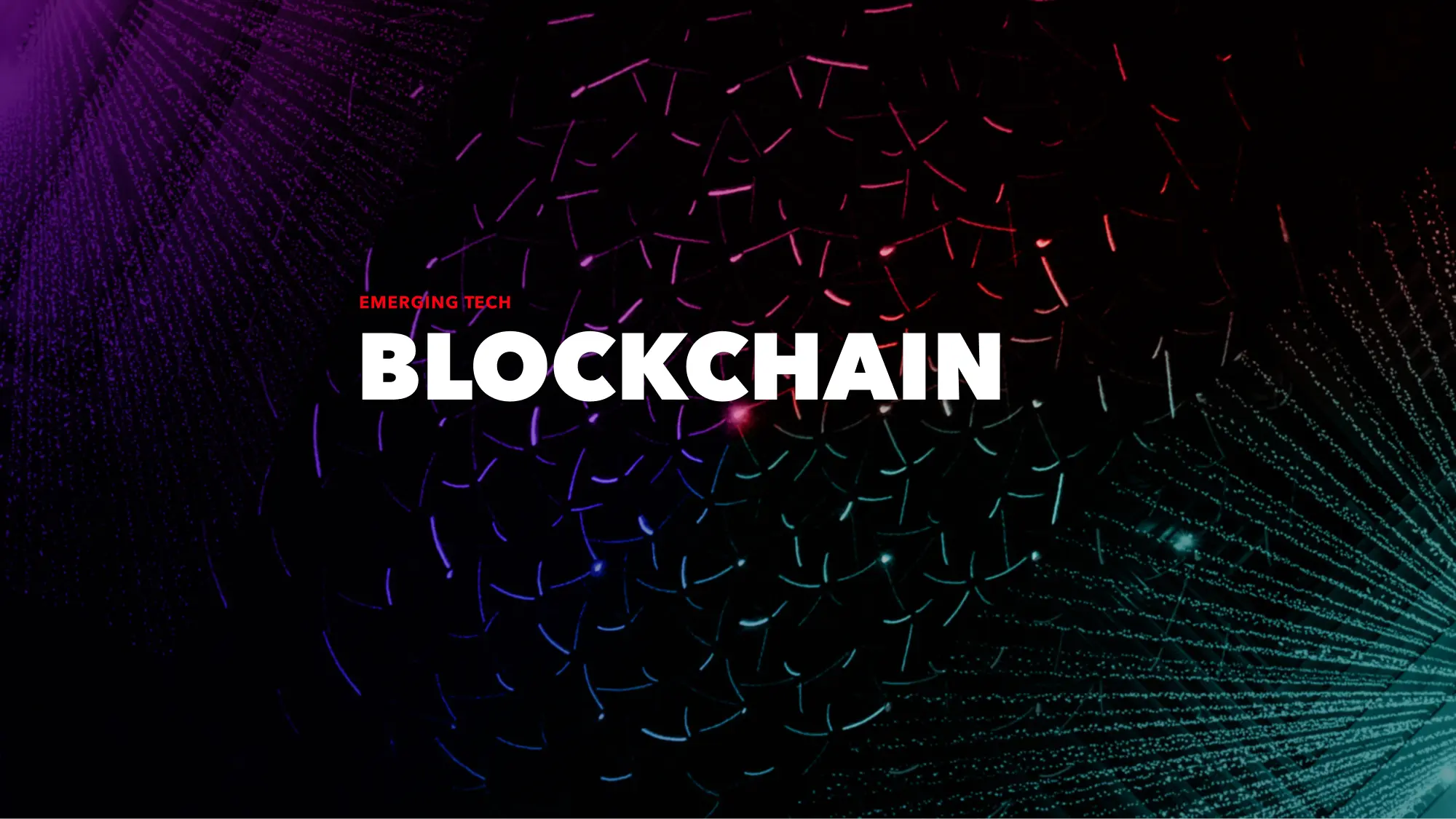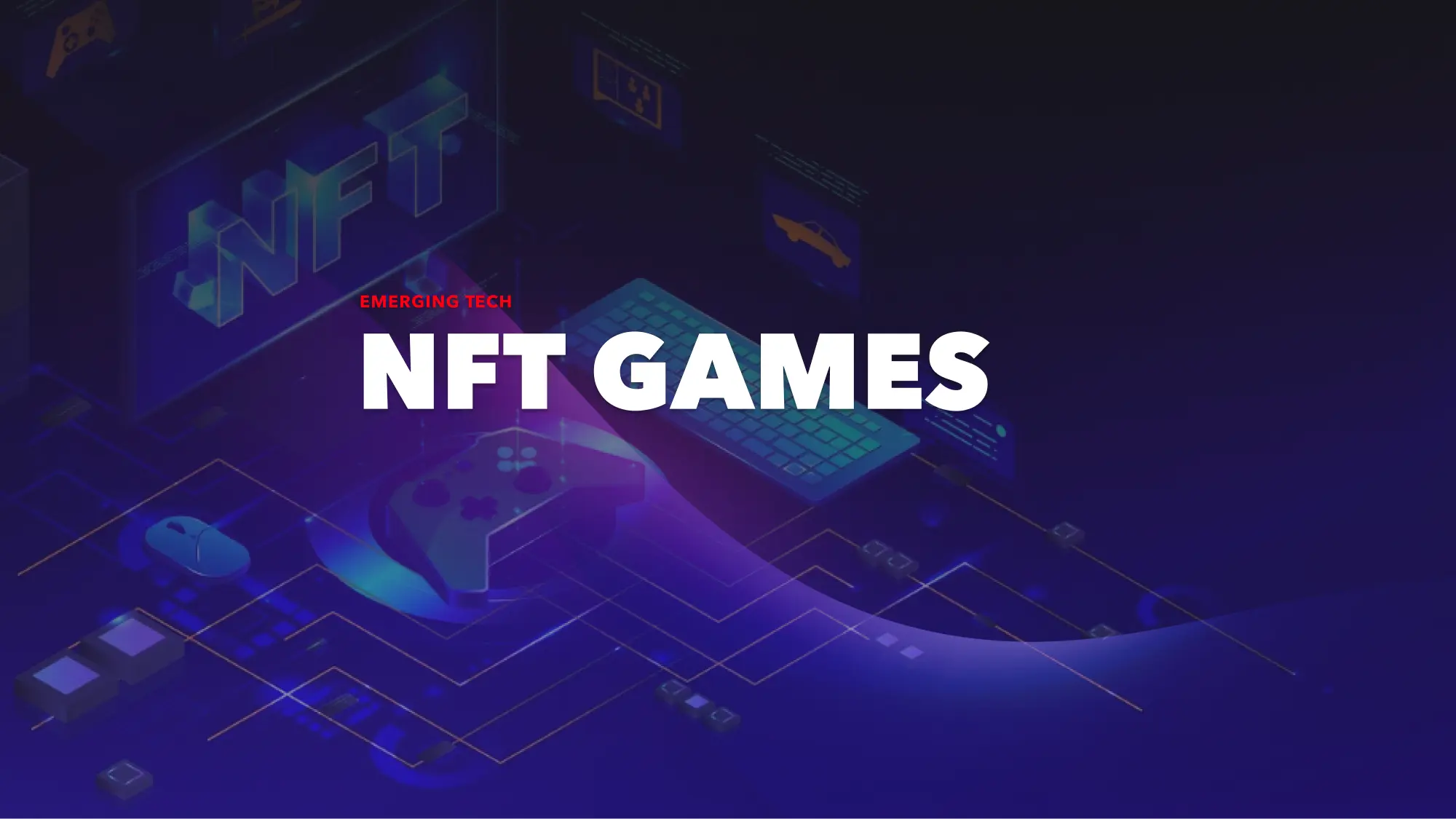
Web3
Web3 Made Easy
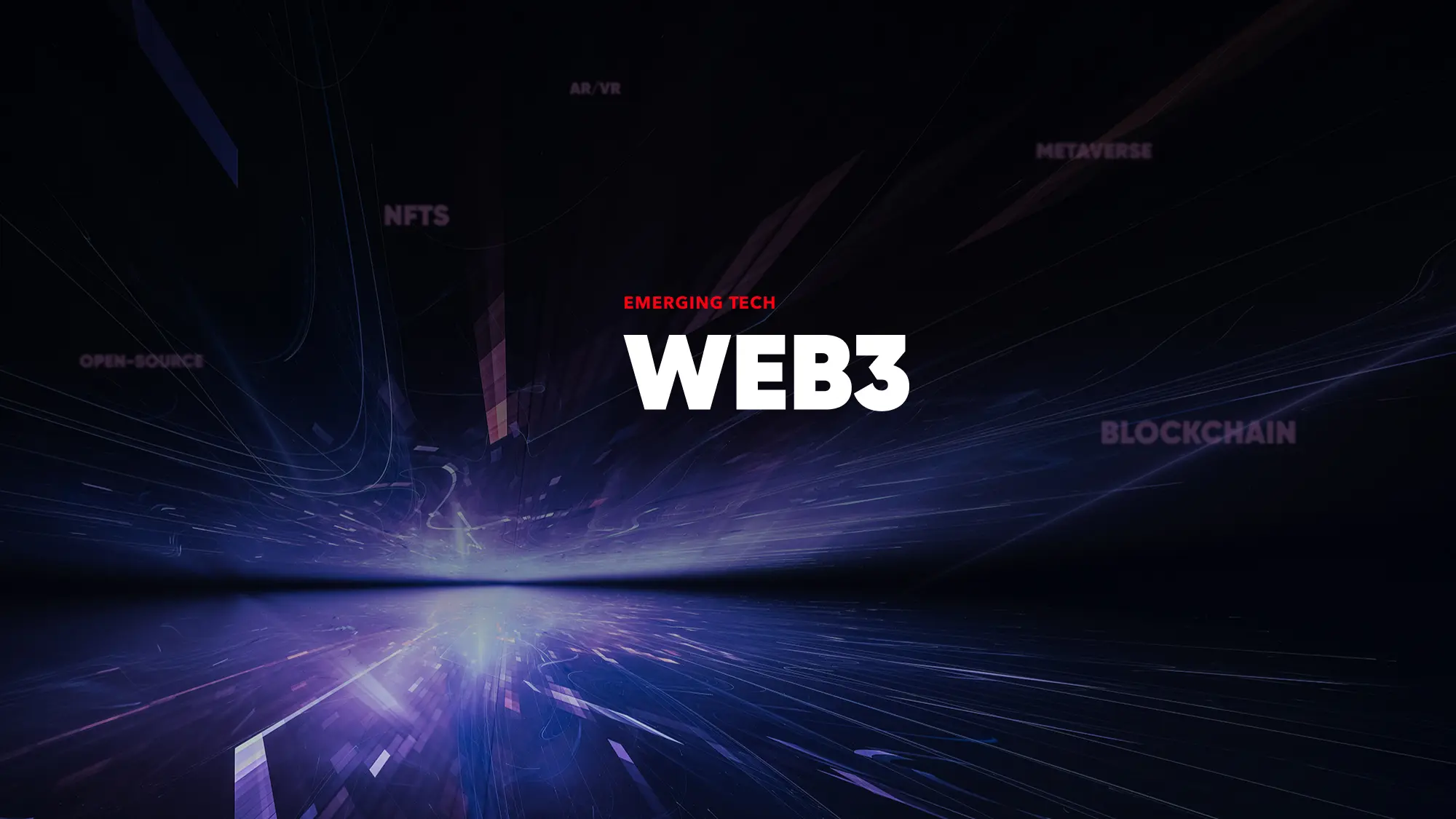
Keeping up with what’s happening in the world of emerging technologies is no small task. In fact, there are so many new technologies that it’s difficult to decide where to start! If you’re looking for a catch-all tech term - one that can get you started on your journey to technical fluency - I recommend Web3.
You’ve undoubtedly heard the term Web3 floating around the internet, but the term itself doesn’t tell us much. You might be asking yourself, “is there a Web1 and Web2?”
A Brief History of the Web
Web1
The answer is yes.
Briefly, Web1, the first iteration of the world wide web, consisted of simple static websites. You might remember the dial tone from the late 1990s and early 2000s that we all used to access Web1. Essentially, all you could do was read, giving it the name “the read-only” web. But Web1 is a distant memory now.
Web2
Web2 built upon Web1, but it added a lot of new features to make the user experience more pleasant. This is when interactive websites like Facebook, Netflix, and Instagram - the platforms we all know and love (or hate) today - were made. User-generated content like blogs and comments let users collaborate.
Web3
What we're really looking at here are sets of different technologies that define how the web worked. Whenever there is a big enough change in the most often used technologies on the web, we enter a new era. That’s why it is a bit tricky to define Web3 because we don’t know exactly which technologies will be the major players. To sum it up - Web1, 2 and 3 are just catch-all terms for the technologies that define how the internet works.
Fortunately, at Scalio we work with a number of emerging technologies and initiatives that will almost definitely be included the next iteration of the world wide web. We’re quite excited about all of them so let’s talk about it!
Blockchain technology
Blockchain is one of the main technologies for Web3. It basically bypasses the current internet infrastructure that relies on centralized services. Instead of data flowing through a central server, data is shared by a network of computers, sometimes referred to as a peer-to-peer network.
Most cryptocurrencies, like bitcoin and Ethereum, already use blockchain technology and there’s a reason blockchain technology is so popular among crypto enthusiasts. Instead of being controlled by a bank or government, cryptocurrencies are controlled by a community. This community is decentralized, meaning that no central authority (such as a central bank) can alter the currency’s value. The value of crypto is whatever the community will pay for it.
While we don’t work directly with cryptocurrencies, it’s important to understand that blockchain technology is a huge deal when discussing Web3.
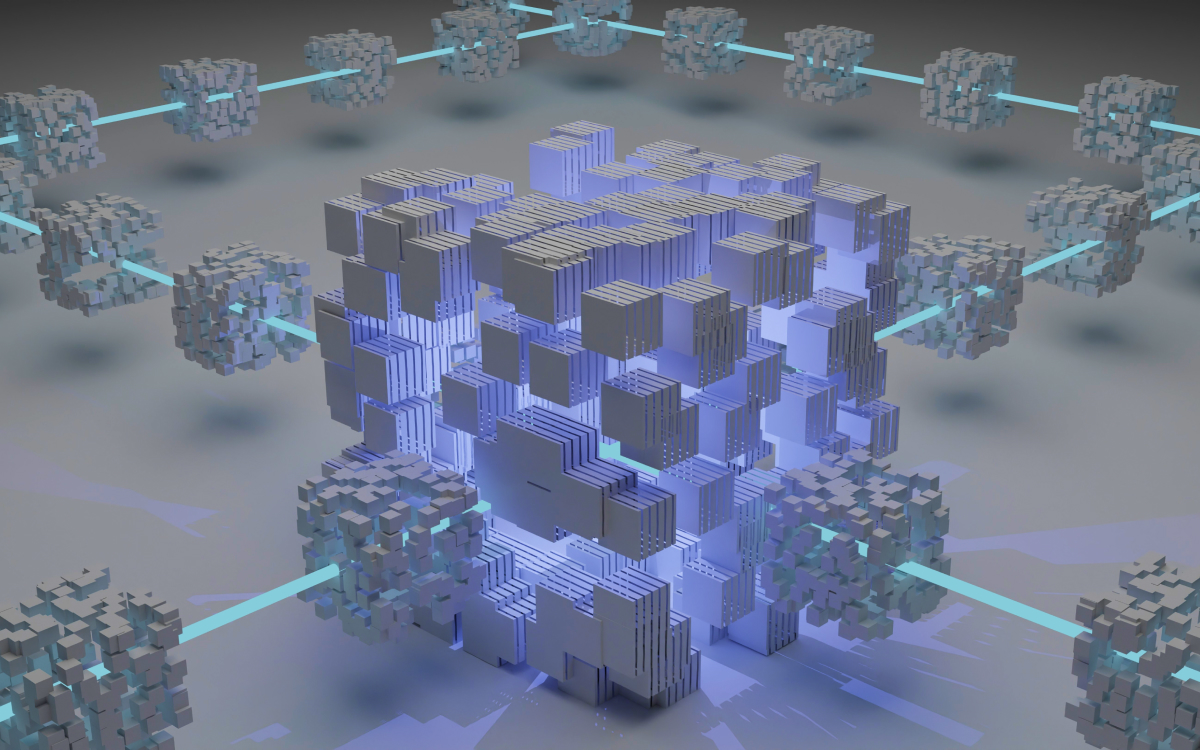
NFTs
NFTs are one of our most significant projects and I don’t know anyone who wasn’t confused about them at some point, so let me explain it in the easiest way possible.
The term NFT stands for Non-Fungible Token, but if you’re anything like me, that doesn’t help much. Think of it this way:
An NFT is a piece of data. This piece of data can be bought and traded. Basically, you can buy them just like you would buy anything else at, let’s say, an auction - like eBay, if you remember that.
But not all NFTs are created equal. While they are most often digital assets, these pieces of data can also be associated with physical objects that exist in the real world. If you head over to the industry page on fintech and crypto, you can see a few examples to put things into perspective.
Open-Source
Scalio’s participation in open-source is one of my favorite things about the company. Personally, I think it’s an extremely important thing not only for business but also for the world.
Open source itself isn’t a technology, it’s more like a feature, but the concept is rather simple. The idea is that code, which functions as the building blocks of the web, can be either private or public. Open source is public.
Okay, so it’s public code. Anyone can use it and anyone can edit it for their own software. It sounds simple, but the implications are quite significant. First of all, because open-source code means that anyone can see how particular programs are built. This means more transparency, and in an age of privacy concerns, it’s no surprise that there is a thriving open source community. In my humble opinion, the more open-source initiatives there are, the safer the world will be.
Again, you can check out a few examples of open-source on our website. I’d recommend StoryMaker myself.
AR/VR and Mixed Reality
This is another very exciting set of technologies often associated with Web3, but not exciting for the same reasons. Of course, we’ve all heard about virtual reality headsets that can make you a wizard on your PS5, but this technology goes way beyond entertainment.
The forecasts for AR/VR industry value are huge - and with good reason. For example, AR/VR tech can make surgical procedures more effective and less invasive. One of our clients, Intuitive Surgical, is actively implementing such technologies. However you slice it, AR/VR and Mixed Reality will almost definitely be part of humanity’s next steps.
In fact, one of our clients, Intuitive, works with just such technologies. You can find more specific information on our Industries page.
Metaverse
This brings me to the last technology of this post - the infamous Metaverse.
The Metaverse is combination of technologies including AR/VR and cryptocurrencies. Well, at least in theory - it isn’t here yet. In fact, it could be 5-10 years until it becomes a “reality.”
Speaking of reality, the Metaverse is allegedly a mostly AR/VR experience. Like some video games, people can exchange money, buy virtual land, and even attend work meetings.
Whether or not it is coming soon, it’s never a bad idea to stay informed about developments in technology like this. They can shape the way humans interact, and as social animals, you’ll have a leg up if you stay informed.
Wrapping things up
Web3 is a loosely defined set of technologies that have the potential to change the way the internet works dramatically. Like Web1 and Web2, we can’t exactly predict which technologies will be at the forefront, but you can bet that whatever they are, they’ll bring drastic change. That’s why it’s important to be aware of what’s coming, even if you just have a basic understanding.
I expect we’ll see:
- Blockchain heavily used
- AR/VR playing a big role
- NFTs and cryptocurrencies serving as a popular way of exchanging currency
- Open-source code leading to a more transparent internet and, further down the road
- The Metaverse may become our primary way of interaction, especially at work
So good luck staying on top of it all! In the future, we’ll have a collection of blog entries to make the transition into new technologies easier!

